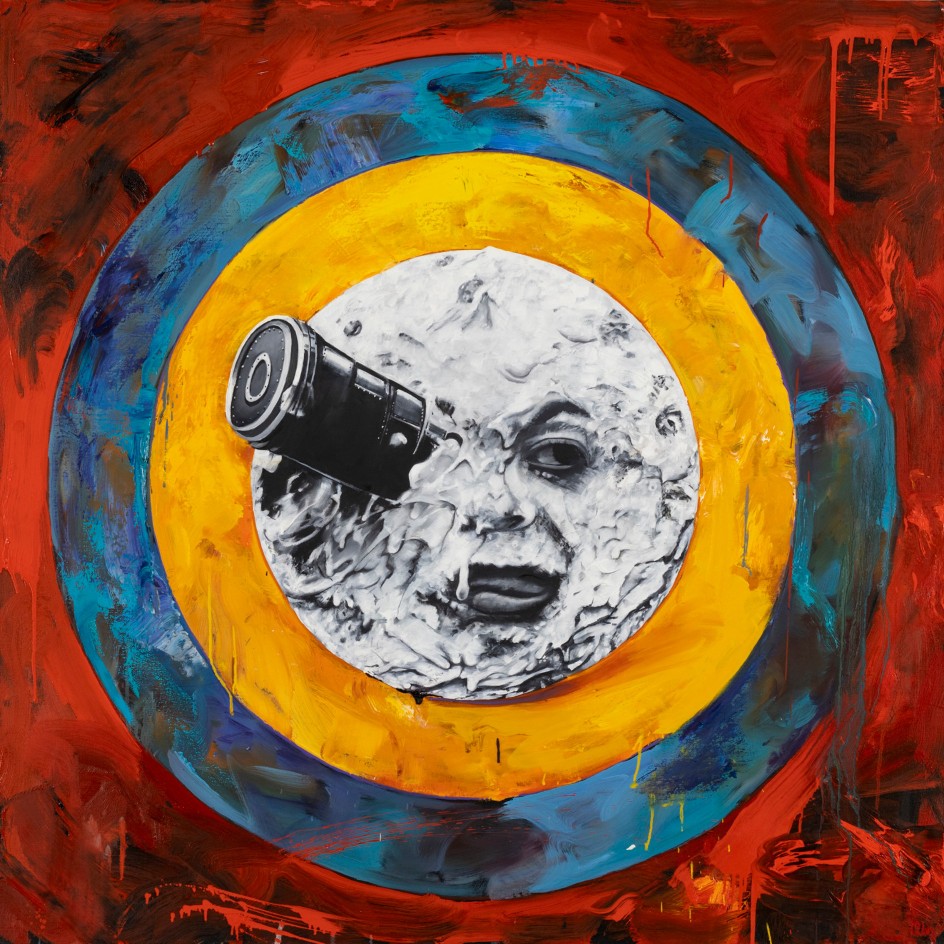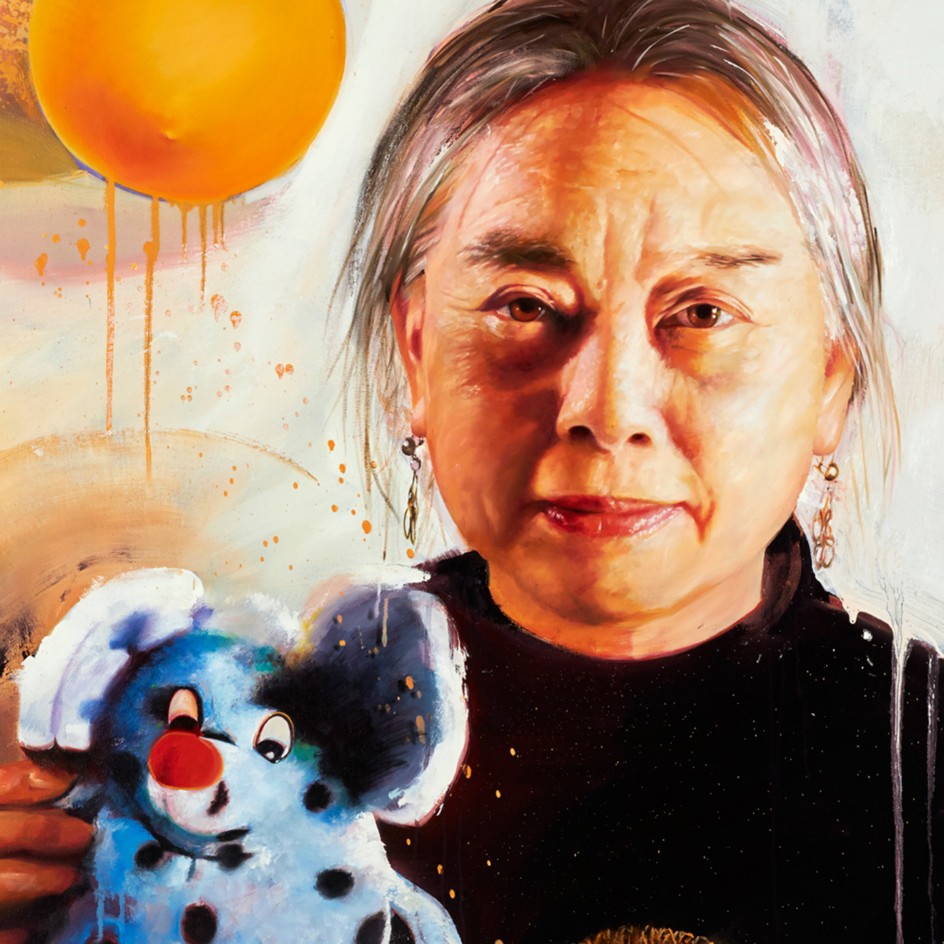Michael BRENNAN
48 SQUARED
April 11 - June 8, 2024
Reception for the artist Thursday, April 11, 6-8PM
-

Bull's-Eye
-

Monarch
-

Drag
-

Gesture
-

Dead End
-

Descending
-

Dogeared
-

Ellis St
-

Golden Rectangle
-

Headstand
-

Horse of a Different Color
-

Golden Scrooge
-

Incunabula
-

Lakeside
-

Kitchen Sink
-

Mona Lisa Smile
-

Muse
-

Neapolitan
-

Obscura
-

Oof
-

Pillow
-

Pirate Smile
-

Proportion
-

Skull
-

Woman II
-

Tuna Fishing
-

Bordello
-

Barb
-

Transparency
-

Table Top
-

Sorolla
-

Robo Cop
-

Prayer
-

Paint by Numbers
-

Paddle
-

Mug Shot
-

Motif
-

Lockdown
-

Hudson River School
-

Giverny
-

Corset
-

Coalesce
-

55 Gallon
-

Au Revoir
-

Action
-

Anatomical
-

Ash Can
-

Seond Sight

Summary
Walking toward his studio one morning, Michael Brennan was reminded of the painter Thomas Eakins. Although he was nowhere near the Schuylkill River – where Eakins painted his iconic portrait of the rower Max Schmitt in 1871 – Brennan unexpectedly found himself standing astride a shimmering body of water. The previous night, a rainstorm had flooded the empty lot next to his space in San Francisco's South of Market district. Always attentive to outlandish inspiration, Brennan spent the day painting his own version of Max Schmitt in a Single Scull, featuring the rower surrounded by graffiti and detritus, trapped in an urban cesspool.
Michael Brennan has an eye for absurdity and a hand so adept with a brush that his oil paintings are often initially mistaken for photography, revealing their virtuoso command of impasto only on careful examination. Combined with an encyclopedic command of art history, these talents make the implausible palpable, fulfilling his childhood hero Salvador Dali's prescription to "make of surrealism something as solid, complete and classic as the works of museums." Modernism is pleased to present forty-eight of Brennan's brazenly original art historical pastiches, ranging from his relocation of Eakins to his combination of modern masters with Mad Magazine.
"A lot of it is subconscious," Brennan explains. Worlds combine by free association of visual references. Juxtapositions are surprising yet appear inevitable after they've been captured on canvas.
For instance, Woman II sets an Elvgren girl on the same picture plane as Willem de Kooning's radical 1950s reinterpretation of femininity. Barb takes up the same theme in a different way by merging a painting by Kara Walker with a hyperrealistic rendering of Barbie.
Another frequent art historical motif makes an appearance in Gesture, which surrounds one of Auguste Rodin's famously expressive hands with a plethora of cartoon hand gestures drawn from Preston Blair's classic How To Draw, a book Brennan found on eBay.
Brennan's mixture of high and pop culture has important antecedents in Robert Rauschenberg and Jasper Johns, as well as Andy Warhol, and Roy Lichtenstein, all of whom find their way into his all-consuming compositions. For example, one of Johns' targets frames the famous scene in Georges Méliès' Trip to the Moon where the Man in the Moon is shot in the eye with a bullet-shaped rocket. Lichtenstein also makes several appearances; Brennan overlays scenes from San Francisco with his brushstrokes like a postmodern graffiti artist.
Brennan is fearless with his references, gamely taking on the challenge of repainting Monet's Water Lilies and iconic portraits of Frida Kahlo and Vincent van Gogh. In Obscura, Jan Vermeer's Girl with a Red Hat is casually set inside a Mondrian grid, evoking their shared interest in the camera obscura and the relationship between optical devices and the gridded picture plane.
Brennan appears to make fun of his own precociousness in Mona Lisa Smile, a portrait of the TV personality Bob Ross painting La Gioconda. But the painting also communicates a deeper conviction. "Art is a level playing field," he says. "Anyone can paint anything."
In his own case, painting anything means painting everything, but always with an attitude uniquely his own. "The art world takes itself way too seriously," he explains. "A lot of artwork is tongue-in-cheek, but people don't realize it. I just want mine to be a little more obvious."
THE PUBLIC IS INVITED TO A RECEPTION FOR THE ARTIST ON THURSDAY, APRIL 11TH FROM 6:00-8:00PM


